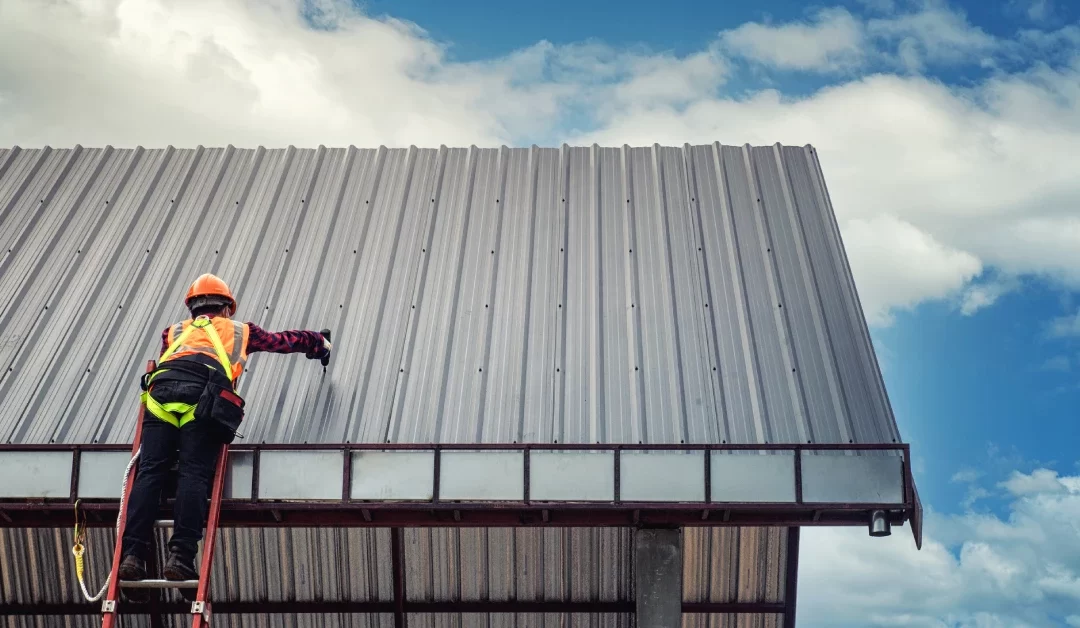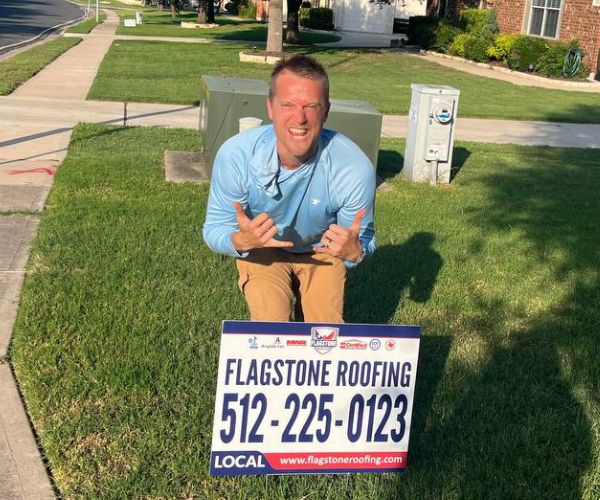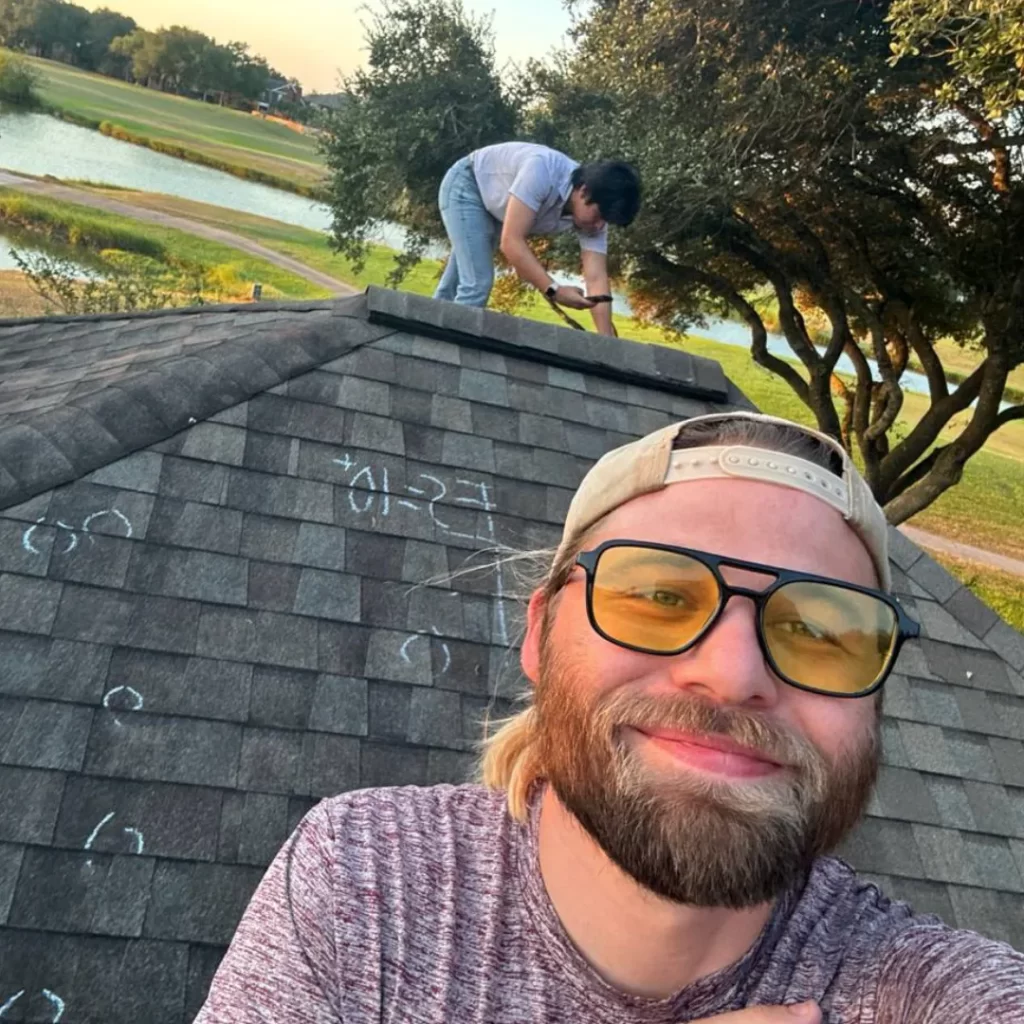Summers in Texas are renowned for their scorching heat and relentless sunshine. While we may seek refuge in air-conditioned spaces, it is important to recognize that our roofs endure the brunt of these extreme temperatures. The roof, often overlooked, plays a vital role in protecting our homes from the elements. In this special blog post, we will delve into the various ways in which extreme heat can affect the roof and emphasize the significance of taking proactive measures to ensure its longevity and durability.
In the blistering Texas summers, the roof is subjected to a multitude of challenges that demand our attention. From the vulnerability of asphalt shingles to the thermal expansion and contraction of roofing materials, each aspect is impacted by the relentless heat. Additionally, the harmful UV rays from the intense sunlight can cause premature ageing and degradation of the roof’s surface. Poor ventilation and excessive attic heat further compound the problem, potentially leading to structural roof damage and compromised performance.
By understanding the implications of extreme heat on our roofs, we can implement preventive measures to mitigate damage and prolong the lifespan of this crucial component of our homes.
Understanding the Importance of a Healthy Roof
Your roof serves as the first line of defence against the elements. It shields your home from rain, wind, and scorching Texas sun. However, during the sweltering summers, the roof can suffer damage that requires immediate attention. It is essential to comprehend the impact of extreme heat on your roof to ensure its integrity and functionality in safeguarding your home. By recognizing its significance, you can take the necessary steps to prioritize its maintenance and protect your investment.
Heat-Related Challenges Faced by Roofs
Vulnerability of Asphalt Shingles: Asphalt shingles, commonly used in residential roofing, are particularly susceptible to heat damage. Extended exposure to high temperatures can render them brittle, causing cracks and loss of protective granules. This compromises their ability to effectively shield your home, leaving it vulnerable to leaks and further damage. Understanding the impact of heat on asphalt shingles is crucial in identifying signs of wear and taking timely action to maintain their functionality.
Thermal Expansion and Contraction: The constant fluctuation between scorching days and cooler nights subjects roofing materials to thermal expansion and contraction. This repetitive stress can lead to structural degradation over time. Cracked or warped shingles, gaps, and weakened seals become potential entry points for water, resulting in leaks and interior damage. Recognizing the impact of thermal fluctuations is essential in addressing these vulnerabilities and preserving the structural integrity of the roof.
UV Rays and Premature Aging: Intense sunlight in Texas summers includes harmful ultraviolet (UV) rays that can penetrate and damage the roof’s surface. These UV rays accelerate the ageing process, causing discoloration, warping, and cracking of roofing materials. The premature aging and degradation compromise the roof’s performance and can result in water infiltration. Understanding the detrimental effects of UV rays underscores the importance of implementing protective measures to extend the lifespan of your roof.
Poor Ventilation and Attic Heat: Inadequate ventilation traps heat in the attic, creating excessive temperatures that impact the roof’s performance. This intense heat accelerates the aging process of roofing materials and places additional strain on the roof’s structure. Moreover, it can cause discomfort within your home, increase energy inefficiency, and potentially damage items stored in the attic. Recognizing the impact of poor ventilation emphasizes the need to improve airflow and reduce excessive heat buildup in the attic.
By acknowledging the challenges posed by extreme summer heat on our roof, we can implement proactive measures to mitigate damage and ensure the longevity and durability of this essential component of our homes. Taking the necessary steps to protect and maintain our roofs only safeguards our investment but also ensures the safety and comfort of our loved ones.
Protective Measures for Roof Protection
To mitigate the effects of extreme summer heat on your roof and ensure its longevity, consider implementing the following preventive measures:
Regular Inspections: Schedule routine roof inspections, ideally before and after the summer season, to identify any existing or potential issues. A professional roofer can evaluate the condition of your roof, identify weak points, and recommend necessary repairs or maintenance.
Adequate Insulation: Proper insulation in the attic plays a crucial role in reducing heat transfer and minimizing strain on the roof. Ensure that your attic is sufficiently insulated to create a barrier between the hot outdoor air and the interior of your home. This assists in maintaining a more stable indoor temperature and reduces the workload on your cooling system.
Proper Ventilation: Install or improve ventilation systems to promote adequate airflow in the attic. Proper ventilation allows hot air to escape, reducing heat buildup and minimizing the strain on your roof. This can be achieved through the installation of vents, ridge vents, soffit vents, or attic fans, depending on the explicit requirements of your roof.
Professional Maintenance: Engage the services of a reputable roofing company like Flagstone Roofing & Exteriors for regular maintenance and repairs. Professional roofers have the expertise to identify potential issues early on, perform necessary repairs, and provide proper upkeep to ensure the longevity of your roof. Regular maintenance includes cleaning debris, inspecting and repairing damaged shingles, checking for leaks, and ensuring the integrity of flashing and seals.
Reflective Roof Coatings: Consider applying reflective roof coatings to lower the absorption of solar heat & minimize thermal stress on your roof. These coatings are designed to reflect sunlight, keeping the roof surface cooler and reducing the transfer of heat to the interior of your home. Reflective coatings also provide an additional layer of protection against UV rays, extending the lifespan of your roof.
Landscaping Strategies: Strategic landscaping can help mitigate the effects of extreme heat on your roof. Planting shade-providing trees near your home can help create natural shade and reduce direct sunlight exposure to your roof. Additionally, using light-colored materials for your roof, such as white or light gray, can reflect more sunlight and absorb less heat, helping to keep your roof cooler.
Regular Cleaning: Remove dirt, leaves, and other debris from your roof regularly. This prevents them from accumulating and retaining moisture, which can result in the growth of mold and moss. Cleaning your roof not only assists in maintaining its appearance but also preserves its integrity and prevents potential damage.
Conclusion
As Texans, we are no strangers to scorching summers. However, it is essential not to overlook the impact of extreme heat on our roofs. By understanding the challenges posed by high temperatures and taking proactive measures to protect our roofs, we can ensure their longevity and durability. Remember to schedule regular inspections, maintain proper ventilation, and engage the services of professionals like Flagstone Roofing & Exteriors to safeguard your home.
Your roof plays a vital role in keeping you safe and comfortable, so prioritize its care and maintenance. For reliable roofing services in Texas, visit Flagstone Roofing & Exteriors com and discover how we can assist you in maintaining a healthy and resilient roof.




